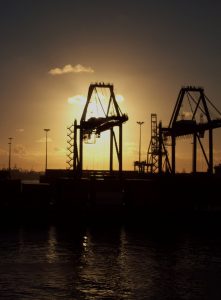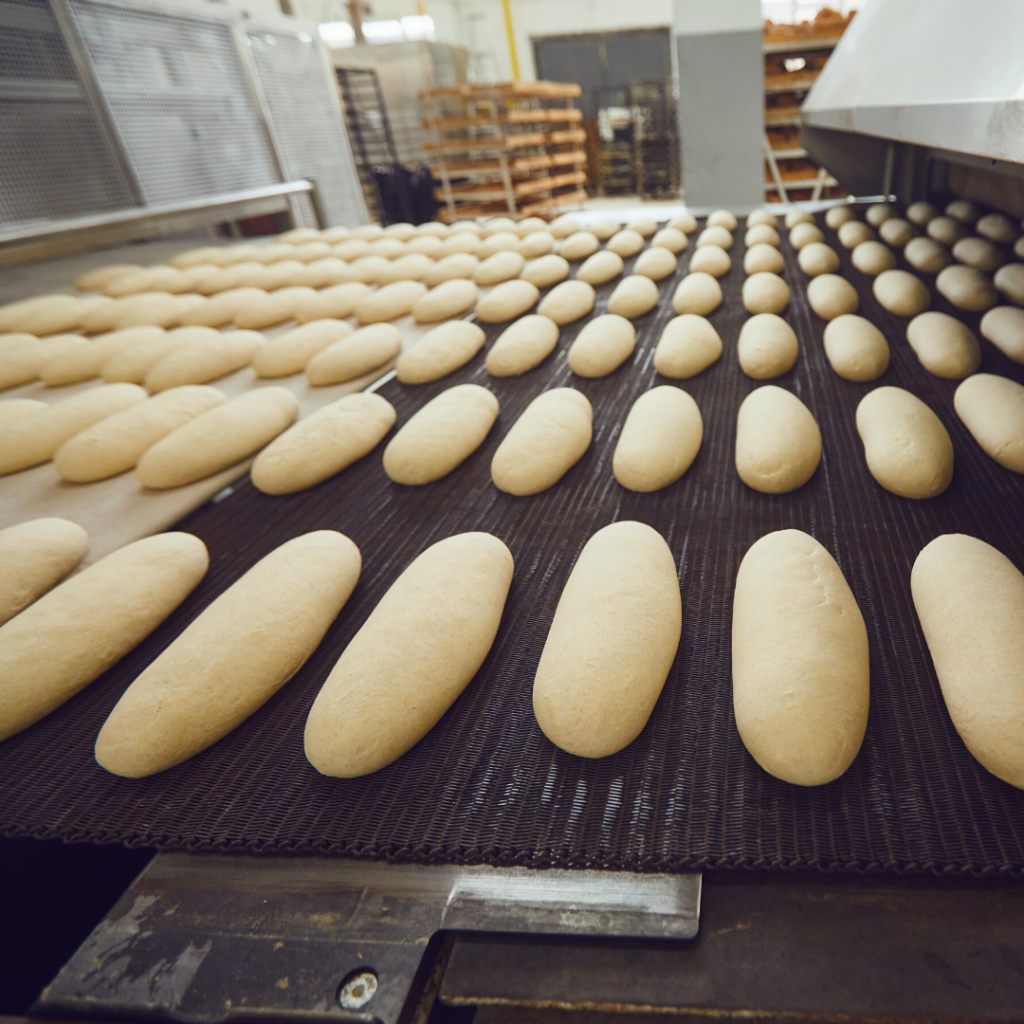
- Industries
Case Studies
Industries
- How It Works
- Contact
- About Us
- Alliances
With thirty thousand food processing plants and industrial bakeries across the US, there is a staggering amount of food waste, shells, hulls, cobs, renderings, fats, trimmings, etc. that are produced and disposed of daily. In addition, there is a significant tonnage of food that spoils before or even after processing. In addition, these plants always have clean-in-place and washdown systems that produce significant amounts of wastewater with bio-matter as well as soap and solvent contaminants. Most sewer districts require impressive fees for treating this contaminated washdown water. A food processing plant in Salt Lake City makes ice cream, cottage cheese, firm cheese, and other dairy products from raw milk. They pay around $17,000 monthly to dispose of wastewater. With the BOD (Biochemical Oxygen Demand) in their water, they could power their facility, heat the sterilized wash down water, and recycle a significant portion of sewer water, eliminating or drastically reducing the cost of the sewer district and the need for freshwater. They could likely even sell back power on the grid to offset costs for other parts of their facility’s operations.

One man’s trash is another man’s treasure. Well, in this instance, perhaps your trash could be your treasure… When it comes to producing power and clean water using the SREUS system, there are many fuels that can power it:
We would love to discuss how this technology could benefit your industry!
Copyright 2020 SREUS Energy All rights reserved